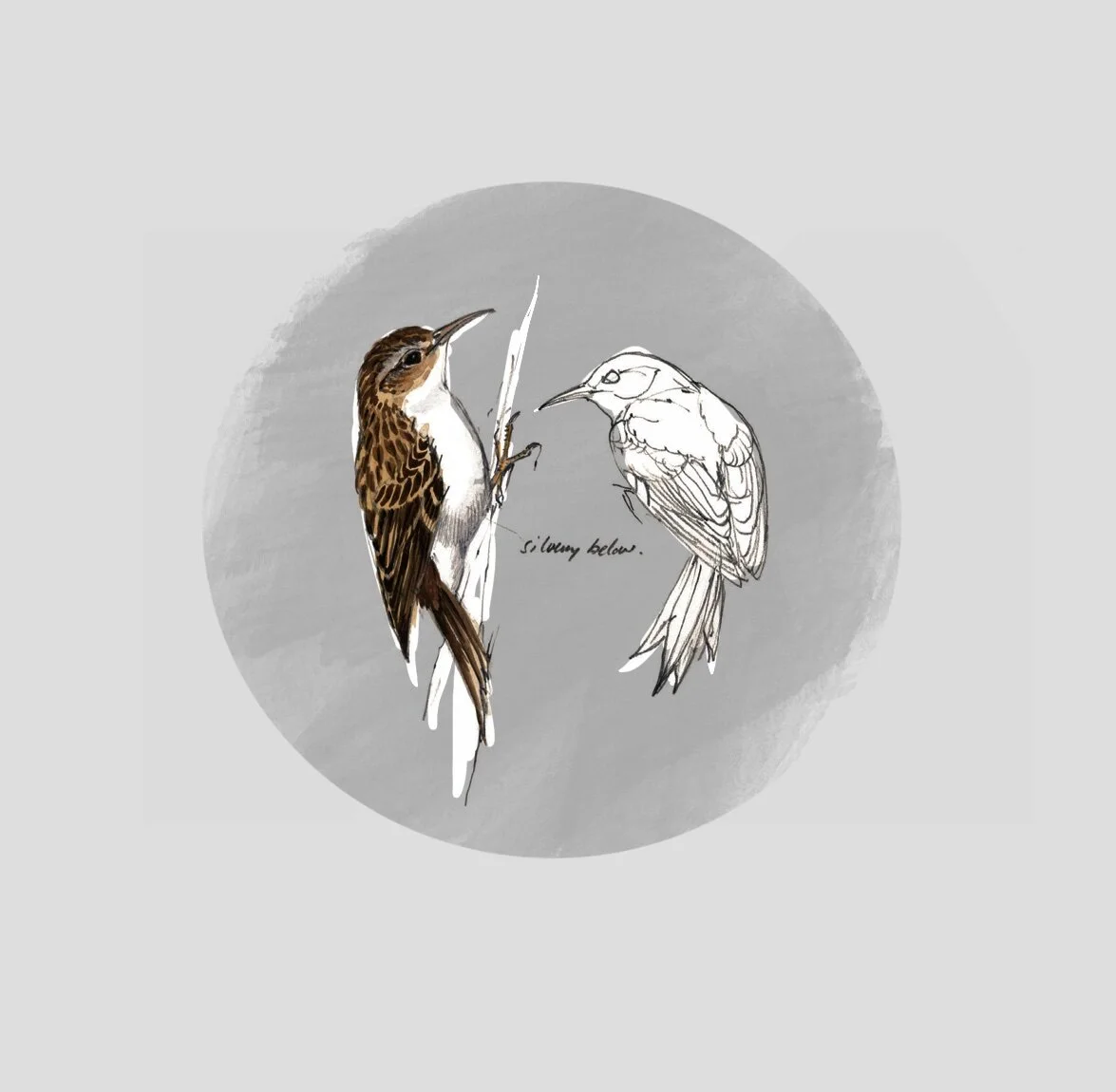NUTHATCH (Sitta europaea) - Sittelle torchepot
Summary
A very active bird of open woodlands, parks and gardens right up to the treeline. It feeds on tree trunks and major branches usually head-down. It’s most frequent call is a sharp far-carrying “chweep”:
The Nuthatch is found all over Switzerland right up to the tree line, but is most common below about 1000m in mixed and open woodland and in parks and gardens, especially where there are old trees. It is a busy little guy and earns a living taking the insects that can be found in bark crevices, it usually does this starting at the top of the tree and heading downwards head first as it goes (tip: Treecreepers do something similar but usually head upwards - not sure what happens when they meet in the middle !). As they probe and explore they can be quite noisy, both with their strong claws, but also by using their little sharp beak a bit like a woodpecker, bashing away at the bark to loosen it or scare out a food item.
Nuthatches are not very musical, their notes are mostly variations on a whistle. The easiest to recognise is a rather strong "chweep", rather like two pebbles being knocked together:
© Arlette Berlie
This is quite a sharp, aggressive sounding (to my ears !) call that carries a long way, the note is usually given in pairs or with the odd triple as though the bird is trying to make a point about something. It is used mainly to keep contact between individuals. But being small, very active birds, with rapid flight, and this somewhat insistent call I always have the feeling that Nuthatches are rather stroppy little birds!
But it can be delivered in a slightly less aggressive and more leisurely manner:
The sonogram shows that this is actually quite a dramatic sound - starting at over 5 Khz, swooping rapidly to 2Khz before sweeping up and once more down again - there's a lot going on in there!
Nuthatch “chweep”
It is interesting to speculate whether this is a “song” as such or a “call”, can we call a simple sound like this a “song”? What I have so far called a "song", such as it is, is a series of whistles strung together at various paces, more recognisable by its tone than its pattern:
© Arlette Berlie
To my ears this has the same "feel" to it as the call, and the sonogram shows that the note does indeed have the same inverted "U" shape to it:
When in close proximity to its mate this can also be delivered more gently and rapidly rather like a trill:
(that was a Wren that came and gave a quick higher-pitched trill in the middle there - just to add to the confusion !)
I have also heard Nuthatches make a penetrating whistle with a more mournful feel to it:
I am really not sure what this is used for - maybe an alarm call ? It is a quite different shape of note with a large downward sweep that probably supplies what I think is the mournful quality to it:
Nuthatch studies © Frank Jarvis






